High-Quality, Customized Labels
T & L Graphic Systems strives to provide the very highest quality labels and service of any label converter in the country.
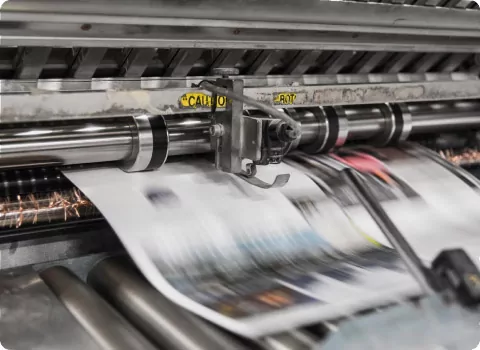
Industry Leading Manufacturer
We’re problem solvers with an emphasis on quality control and customer service.
We combine our state-of-the-art high performance printing presses with our in-house art department and plate making team to deliver top-quality labels, always tailored to your exact specifications.
The Labels You Want, When You Want
Our state-of-the-art equipment, combined with our full-service in-house art department and plate-making allows us to craft precise, unique printed prime labels for any commercial or industrial application.
Packaging Labels
T & L has been producing the very highest quality labeling products for almost forty years.
Custom Labels
Whether your label needs are simple or complex, T&L will help you find the best label solution.
Healthcare Labels
We create any and all labels used in hospitals, labs, pharmacies, central services, and more.
State-of-the-Art Flexographic Press and Plate Making Technology
We invest in the highest quality label printing equipment to best serve our customers. Not only are we producing the highest quality plates available, but we’re matching them perfectly with our Mark Andy Performance Series press capabilities.
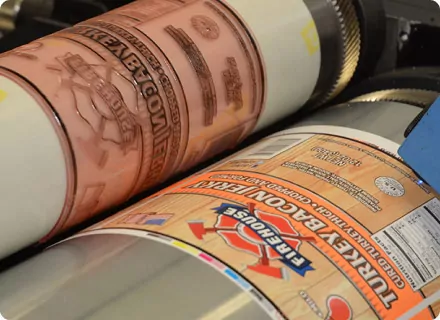
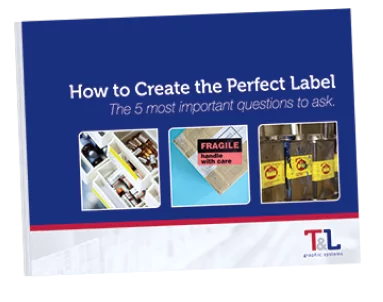
The 5 Most Important Questions To Ask When Buying Labels
Download our free eGuide, “How to Create the Perfect Label” and discover the 5 most important questions to ask so you get the perfect label every time!
Featured Blogs
-
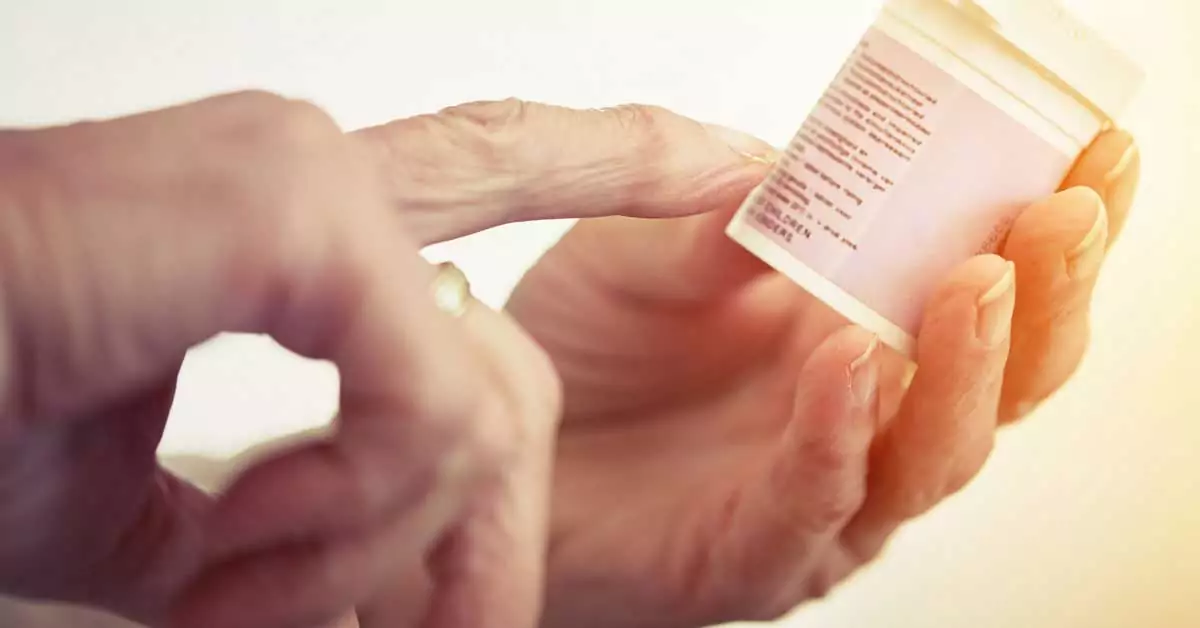
Conveying Information Customers Need: Product Labeling Requirements
Doug Danosky | May 15, 2023Your product label is one of the best messaging tools for you to connect with your customers. There’s a lot of information on that little bit of space, and you want to maximize that message! But what are the product labeling requirements? What information do you need to include? It’s essential to figure out what…
-

Entice Your Customers with 4 Delicious Elements of Good Coffee Label Design
Doug Danosky | February 18, 2023 -
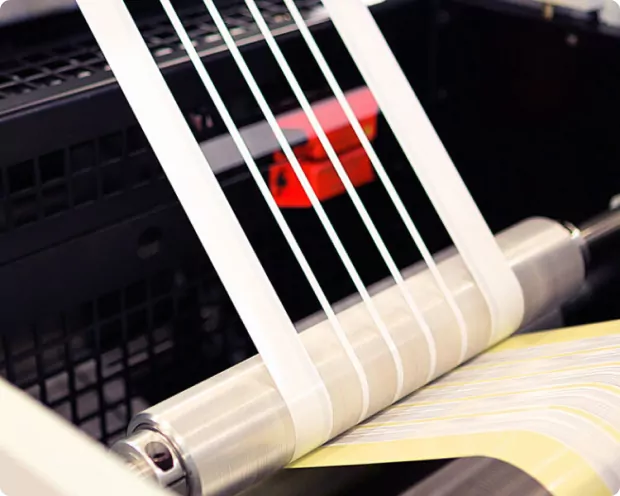
What Are Custom Die Cut Product Labels?
Doug Danosky | February 6, 2023 -
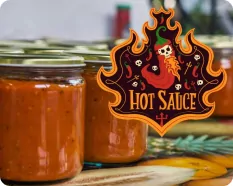
Sauce Label Design: 4 Ways to Make Your Special Sauce Stand Out!
Doug Danosky | February 6, 2023